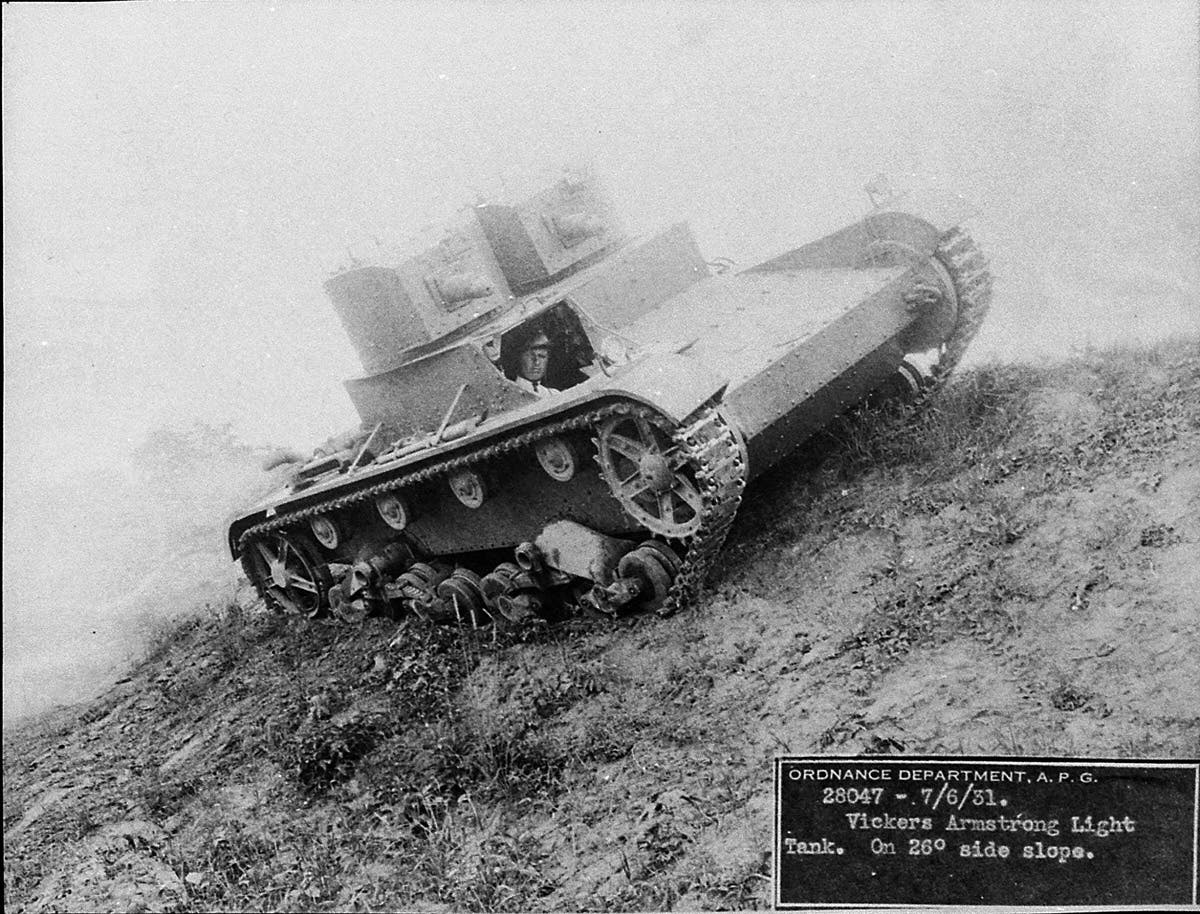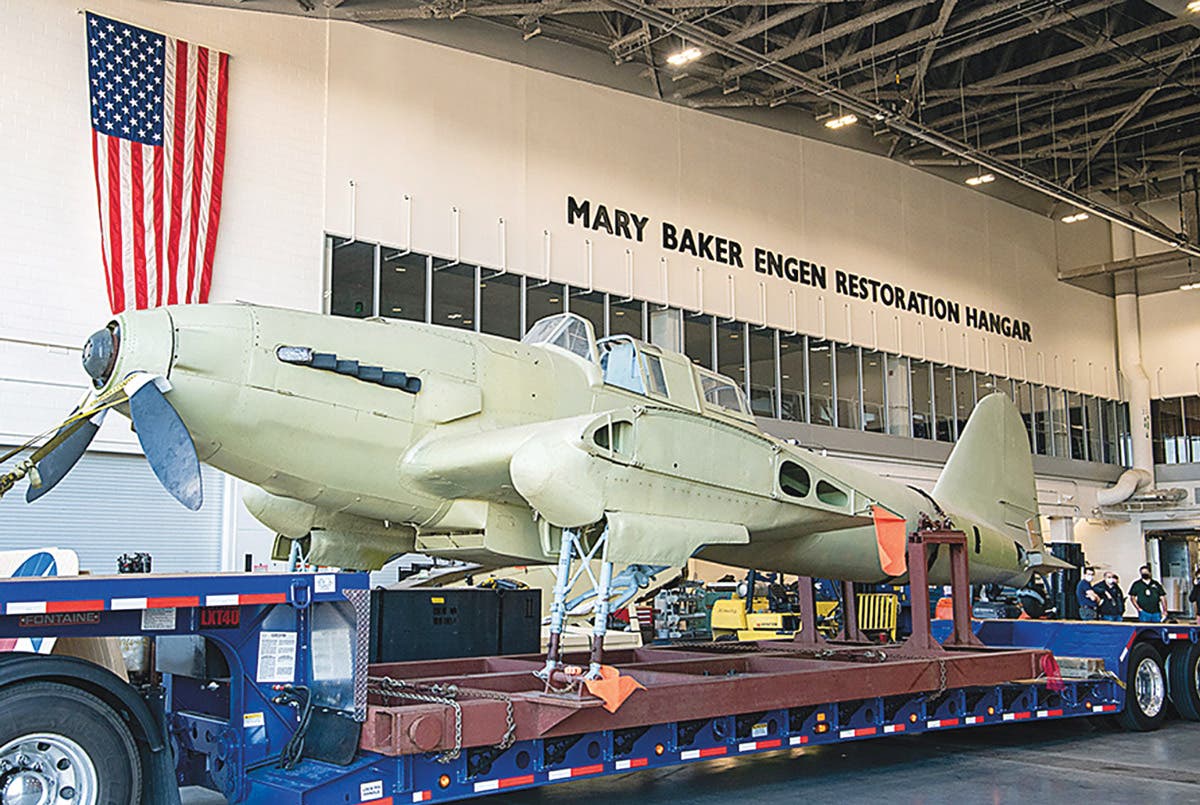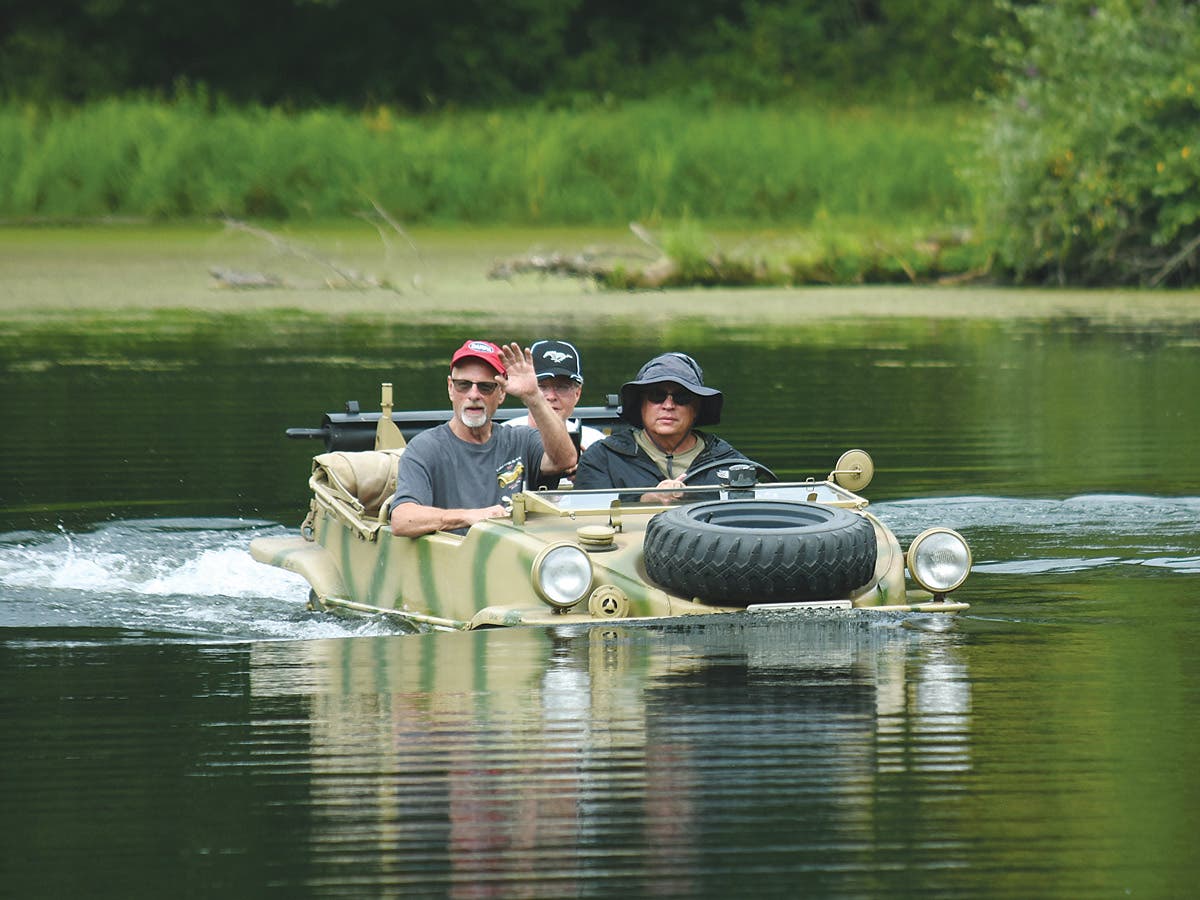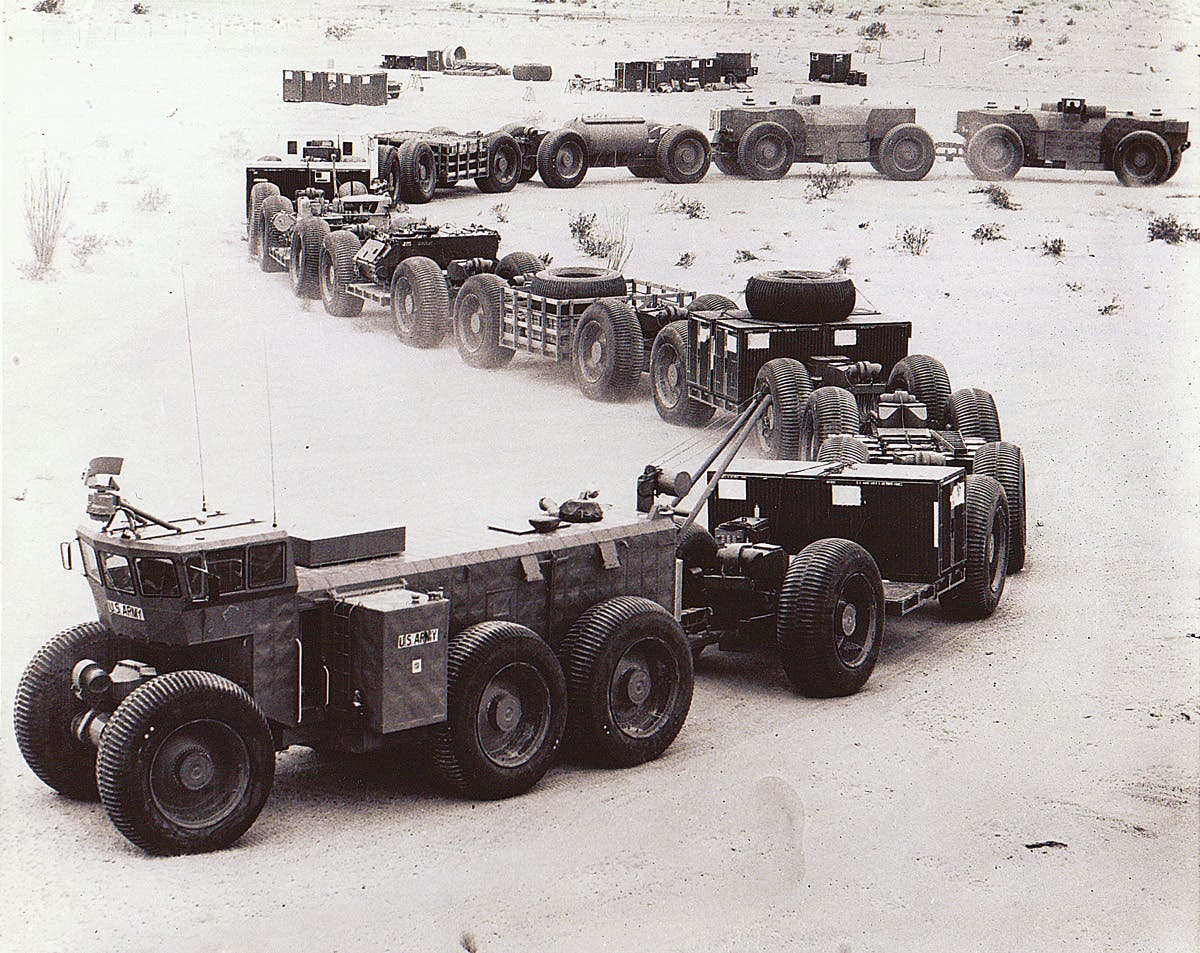International M-5-6 and M-5H-6 Trucks in WWII
During WWII, the USMC fitted International 6x6s with a variety of beds. In addition to the standard cargo beds, International 6x6s were equipped as dump, pipeline, tanker, telephone and fire trucks.
United States purchase of International Harvester 6x6 trucks began in 1941 prior to the nation’s entry into WWII. The initial purchase included 500 M-5-6 cargo trucks (M= “military,” 5= “five thousand pound capacity,” and 6= “six-wheel drive”):
425 were short wheelbase without winch.
25 were short wheelbase with winch,
25 were long wheelbase without winch
25 were long wheelbase with winch.
Production of these vehicles was completed in 1942. Virtually all of these vehicles were shipped to the Soviet Union, as were some 3,000 long wheel base cargo trucks lacking the front axle drive. These latter trucks were designated the model M-5-6x4. All of the trucks supplied to Russia were closed-cabbed vehicles.
Ultimately adopted by the United States Marine Corps, the Internationals were fitted with a variety of beds. In addition to the standard cargo beds, International 6x6s were equipped as dump, pipeline, tanker, telephone and fire trucks.
By the end of production, International built and delivered more than 30,000 of these trucks.
You may also enjoy
*As an Amazon Associate, Military Trader / Military Vehicles earns from qualifying purchases.
David Doyle's earliest published works were occasional articles in enthusiast publications aimed at the historic military vehicle restoration hobby. This was a natural outlet for a guy whose collection includes several Vietnam-era vehicles such as M62, M123A1C, M35A2, M36A2C, M292A2, M756, and an M764.
By 1999, his writing efforts grew to include regular features in leading periodicals devoted to the hobby both domestically and internationally, appearing regularly in US, English and Polish publications.
In 2003, David received his a commission to write his first book, The Standard Catalog of U.S. Military Vehicles. Since then, several outlets have published more than 100 of his works. While most of these concern historic military hardware, including aircraft and warships, his volumes on military vehicles, meticulously researched by David and his wife Denise, remain the genre for which he is most recognized. This recognition earned life-time achievement in June 2015, when he was presented Military Vehicle Preservation Association (MVPA) bestowed on him the coveted Bart Vanderveen Award in recognition of “...the individual who has contributed the most to the historic preservation of military vehicles worldwide.”
In addition to all of publishing efforts, David is the editor of the MVPA’s magazine, History in Motion, as well as serving as the organization’s Publications Director. He also maintains a retail outlet for his books online and at shows around the U.S.








